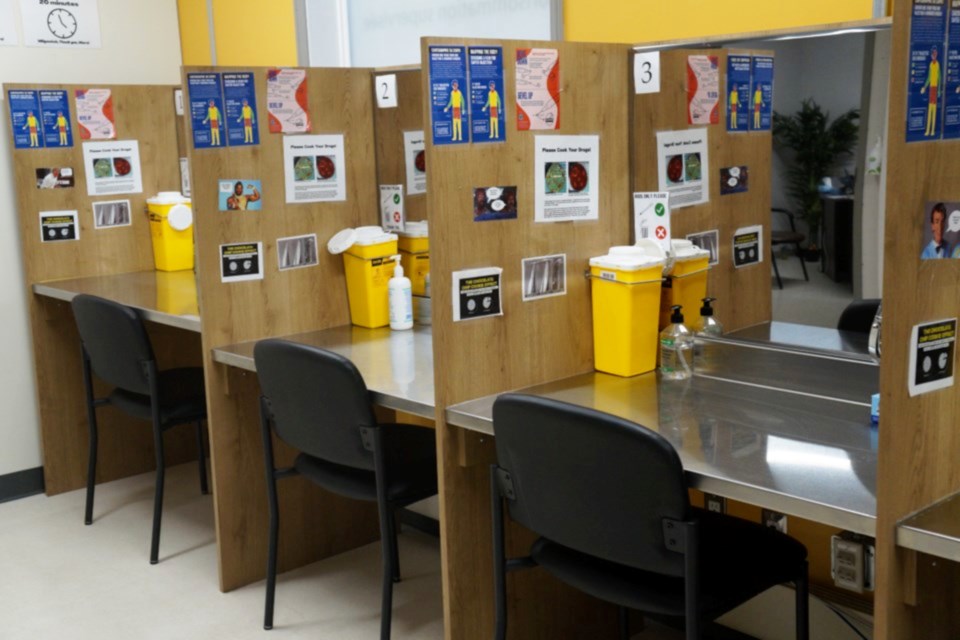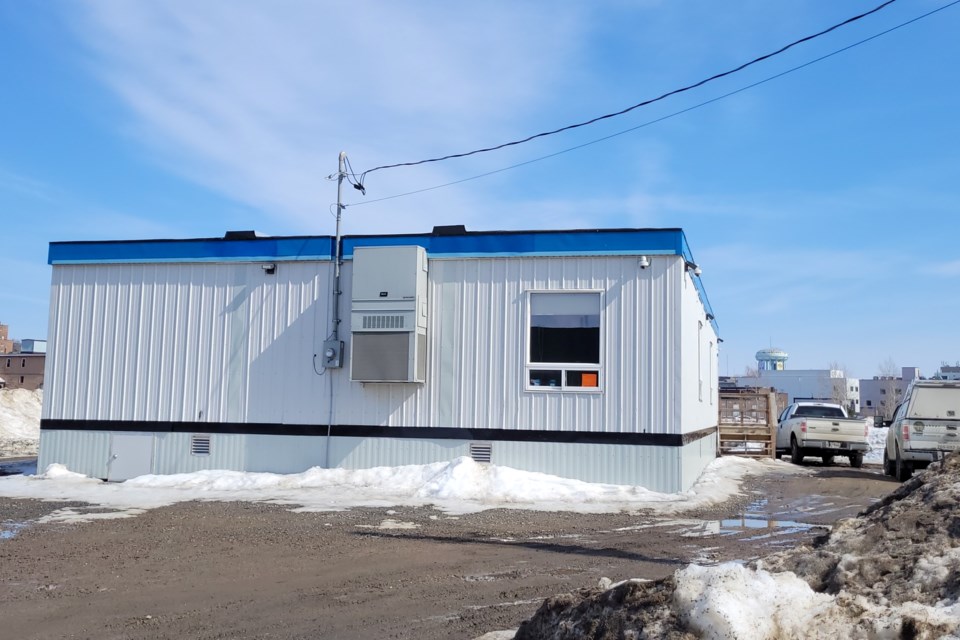A new qualitative study published by the PLOS Journal (Public Library of Science) highlights how the users of Sudbury’s supervised consumption site (The Spot) feel about the service, including what’s working and what isn’t.
The site is slated to close at the end of the year due to a lack of provincial funding.
The report is based on surveys and interviews with 20 people who regularly use The Spot.
The study, Client experiences using a new supervised consumption service in Sudbury, was conducted from September 2022 to August of this year to better understand the overall service utilization and uptake of the site. The participants “described the importance of the site in preventing and responding to overdoses, providing a safe and comfortable environment to consume their drugs, and decreasing public drug use, which they suggested may potentially reduce stigmatization in the community.”
Clients detailed the barriers they face in terms of using the service, including the location of the site and the hours of operation. They also asked for an increase in inhalation (smoking) services.
The 20 people who were interviewed for the study averaged approximately 37 years of age, with the majority aged 31-50. Nearly three-fourths identified as men, and half identified as Indigenous.
Almost half (45 per cent) reported experiencing homelessness.
Between Sept. 28, 2022, and Aug. 31 (the opening of The Spot and the last date of the study) a total of 470 unique clients accessed The Spot, representing 1,181 total visits and 1,605 total consumptions.
The Spot reversed a total of 20 overdose (toxic poisoning) events, and no overdose required emergency medical services.
During this study year, there were rises and falls in the number of visits and consumptions, with 118 consumptions and 79 visits in May and 114 consumptions and 77 visits in June. This was followed by a rapid increase in July and August, to numbers surpassing those recorded in the initial months.
The study notes previous research which suggests that there may be seasonal impacts on substance use as drug initiation (using for the first time). “Overdose emergency room visits, police calls for overdoses, and overdoses themselves usually tend to spike in the summer months,” notes the report.

One existing policy noted was the inability to share or split drugs with another, something participants said they did for various reasons “including for safety when they do not want to use alone, or when pooling their money together to purchase a larger quantity of drugs than just one could afford, with the idea that they would consume the drugs together,” reads the study. Participants suggested that because the site did not allow this practice, it was not reflective of their use patterns, and was a deterrent to using the consumption room.
Another aspect that sat outside of use patterns was the hours of operation. Currently, the site is open from 10 a.m. until 4 p.m. because of funding shortages.
“We only have so many staff, so we can only operate so many hours a day,” said Amber Fritz, manager of supervised consumption services at The Spot, in an earlier interview.
The location of The Spot, near Energy Court, was also an issue.
“Finding a suitable location that appeases both the public and [meets the needs of people who use drugs] is an ongoing challenge,” reads the report.
The Spot faced difficulties finding a location for the site that community members and city council could both agree on. Members of the CDS (Community Drug Strategy) proposed 12 unsuccessful locations. Deliberations took months and resulted in advocates opening an unsanctioned temporary site in the interim, STOPS (Sudbury Temporary Overdose Prevention Society).
The report states a systematic review on supervised consumption site design suggests people who use drugs prefer when they are open 24/7 hours and are near areas with high levels of drug use, health facilities, emergency services and public transportation.
“Evidence has also suggested that, when possible, sites should be implemented in existing harm reduction facilities that are already being utilized by people who use drugs,” reads the report. “Having a stand-alone SCS that is not integrated within other models of care can impact an individual’s decision to access the site given the potential for exposure and associated stigmatization if seen accessing the site.”
Smoking (inhalation) is an increasingly common method of drug consumption, prompting Casey House in Toronto to open an inhalation site in their existing facility as patterns of drug use have changed, especially over the pandemic. There has been a significant shift away from opioid-related deaths with evidence of injection only (needles found at scene) and towards deaths with evidence of a pipe/foil for inhalation at the scene.
The majority of participants (85 per cent) expressed the importance of inhalation services and suggested that the lack of inhalation services was a potential deterrent to accessing the site.
“Participants further elaborated that if the site offered a space to inhale, they would use the site more often, including to practice what they considered harm reduction through testing their substances via inhalation prior to injecting.”
The participants did add that they deeply appreciate the service, as it made them feel safe, and more than anything, they noted the staff, their passion, and their lived experience.
“The presence of peer harm reduction workers with lived and living experience with drug use was noted as an invaluable asset,” read the report.
As well, participants found the presence of those peer harm reduction workers “inspirational.”
One participant said: “It’s nice to see some of the local people here. They’re working. They’re off the street. They look clean and fresh and they’re not using on site, I can tell. They’re holding it down. Kudos to them. To get up and go to work and hold it down all day.”
The study itself found that based on the qualitative data, “the results of this early study demonstrate the value and need for site permanency.”
The site, however, is at risk of closing due to funding constraints. The Spot has been awaiting funding from the province since it began its operations. Lacking provincial dollars, it ran on $1.094 million from City of Greater Sudbury coffers, as well as $100,000 from Vale and $30,000 from Wheaton. But without intervention that money runs out Dec. 31, and the site will close.
You can find more information about the supervised consumption site here.
Jenny Lamothe covers vulnerable and marginalized communities for Sudbury.com.
